Neuroscience

Neurotransmitter receptors function via various G-protein coupled and G-protein independent mechanisms that activate downstream intracellular signaling pathways such as cAMP/PKA, PI3K/AKT, phospholipase A2, and phospholipase C pathways. For instance, dopamine receptors act through adenylate cyclase to activate PKA and other signaling molecules, thereby mediate gene expression through the actions of CREB and other transcription factors. Other neurotransmitters such as NMDAR or AMPAR are associated with ion channels that control flux of Ca2+ and Na+, thus propagating the action potential across the post-synaptic neuron.
Dysfunctions in GABAergic/glutamatergic/serotonergic/dopaminergic pathways result in a broad range of neurological disorders such as chronic pain, neurodegenerative diseases, and insomnia, as well as mental disorders including schizophrenia, bipolar disorder, depression, and addiction.
-
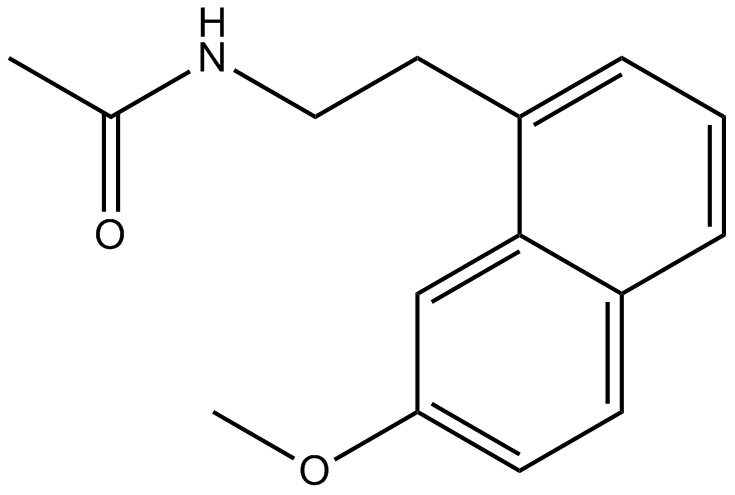 B2262 AgomelatineSummary: MT1/MT2 / 5-HT2C agonist
B2262 AgomelatineSummary: MT1/MT2 / 5-HT2C agonist -
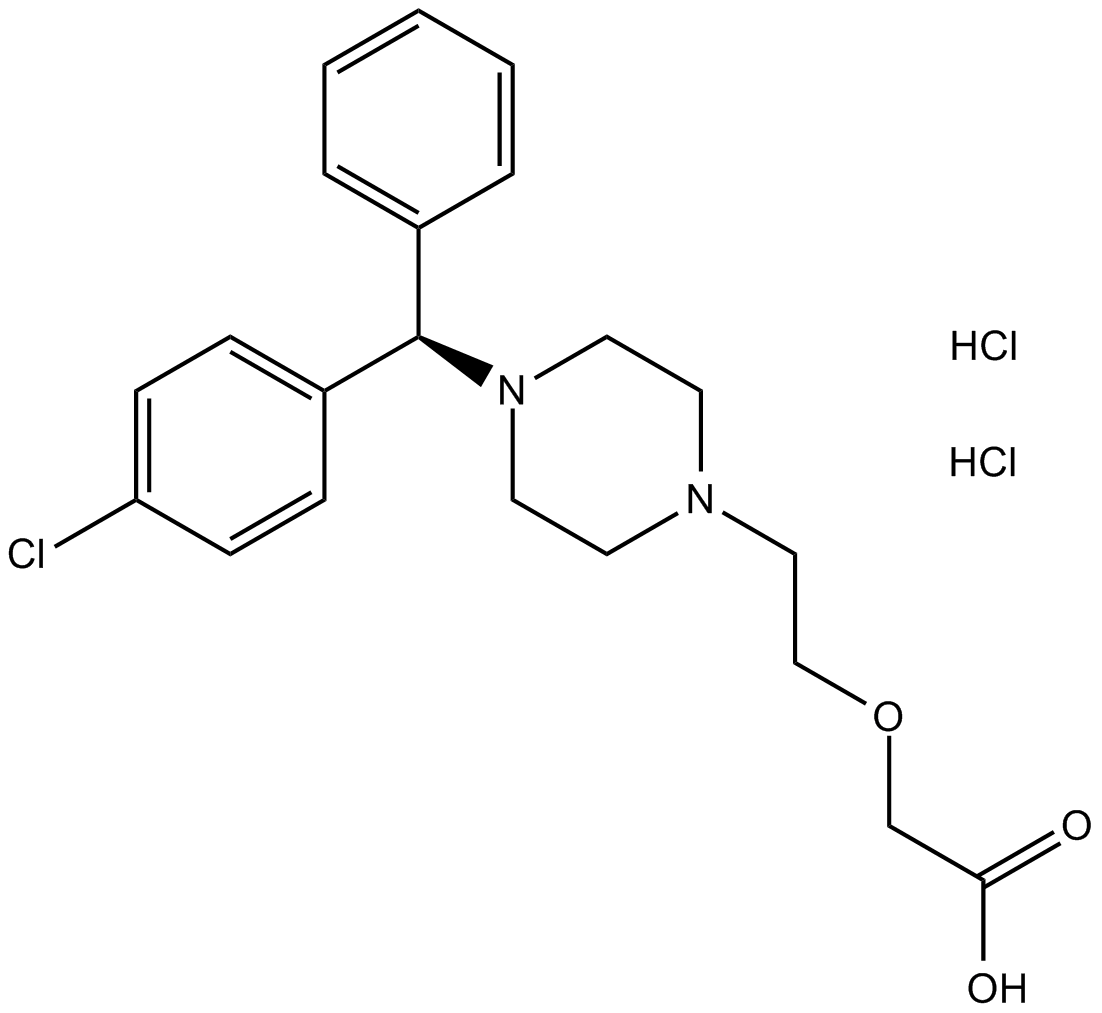 B1547 Cetirizine DiHClTarget: Histamine H1 ReceptorsSummary: H1 receptor inverse agonist
B1547 Cetirizine DiHClTarget: Histamine H1 ReceptorsSummary: H1 receptor inverse agonist -
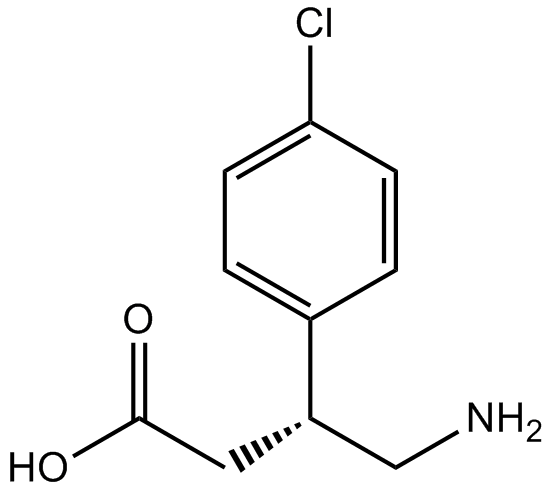 B1531 (R)-baclofenTarget: GABAB ReceptorsSummary: GABA receptor agonist
B1531 (R)-baclofenTarget: GABAB ReceptorsSummary: GABA receptor agonist -
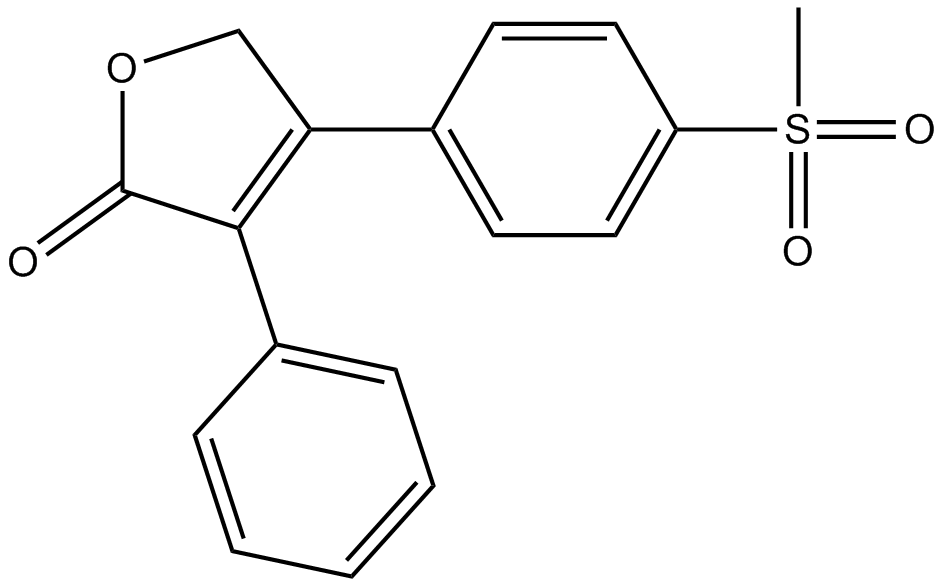 B1454 RofecoxibTarget: COXSummary: COX-2 inhibitor
B1454 RofecoxibTarget: COXSummary: COX-2 inhibitor -
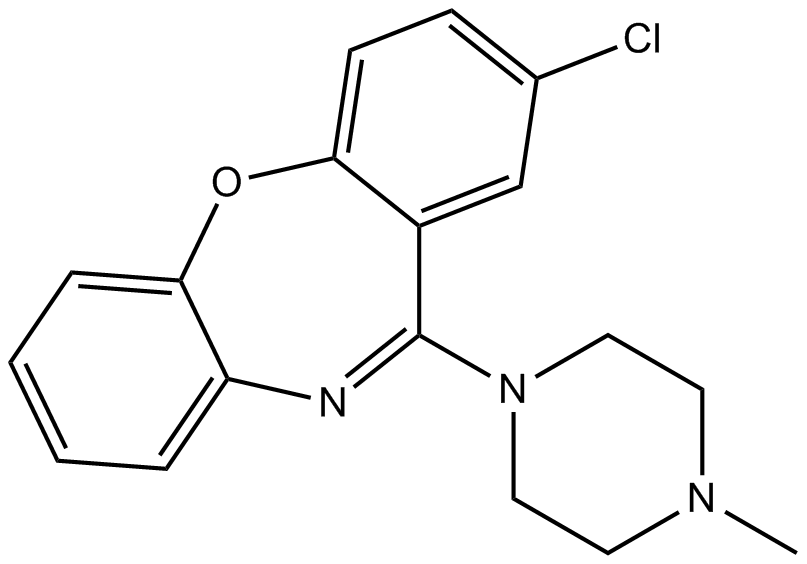 B1001 Loxapine1 CitationTarget: 5-HT2 ReceptorsSummary: 5-HT receptor antagonist
B1001 Loxapine1 CitationTarget: 5-HT2 ReceptorsSummary: 5-HT receptor antagonist -
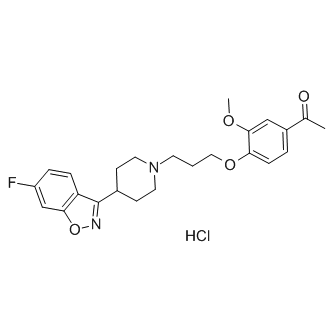 B1203 Iloperidone hydrochlorideSummary: D(2)/5-HT(2) receptor antagonistis
B1203 Iloperidone hydrochlorideSummary: D(2)/5-HT(2) receptor antagonistis -
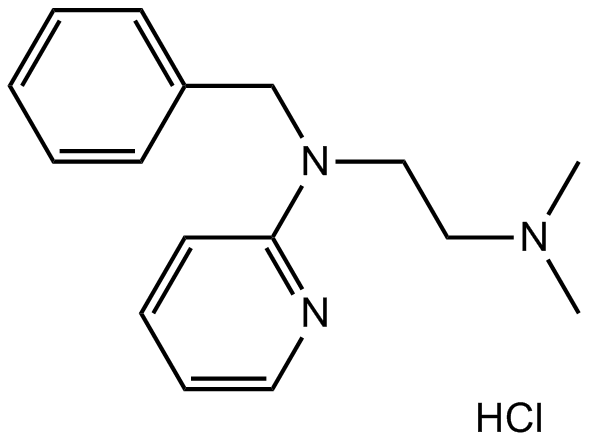 B1553 Tripelennamine HClSummary: H1-receptor antagonist
B1553 Tripelennamine HClSummary: H1-receptor antagonist -
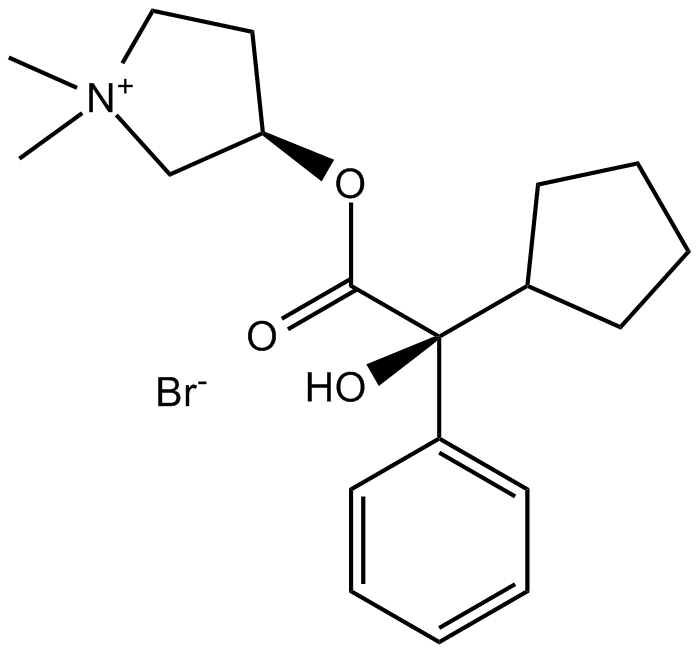 B1266 GlycopyrrolateSummary: Muscarinic competitive antagonist
B1266 GlycopyrrolateSummary: Muscarinic competitive antagonist -
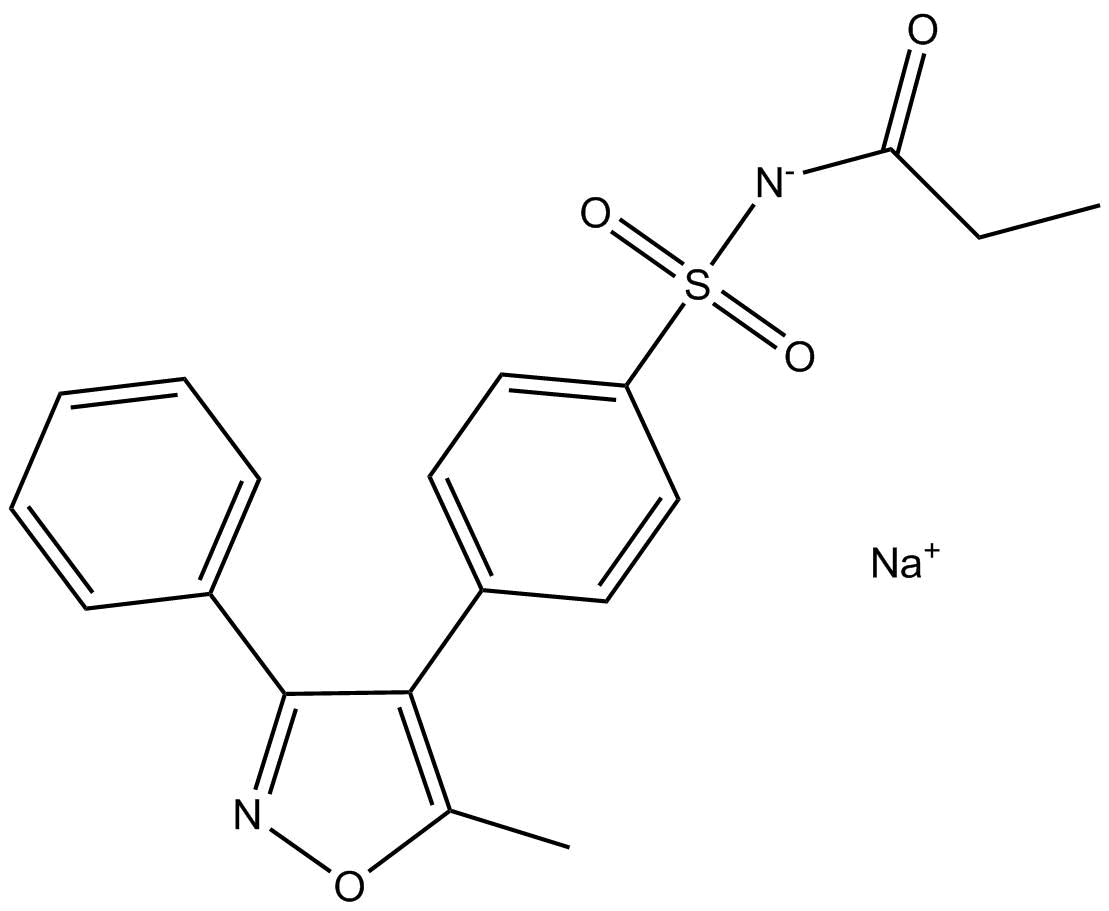 B1239 Parecoxib SodiumSummary: COX-2 inhibitor
B1239 Parecoxib SodiumSummary: COX-2 inhibitor -
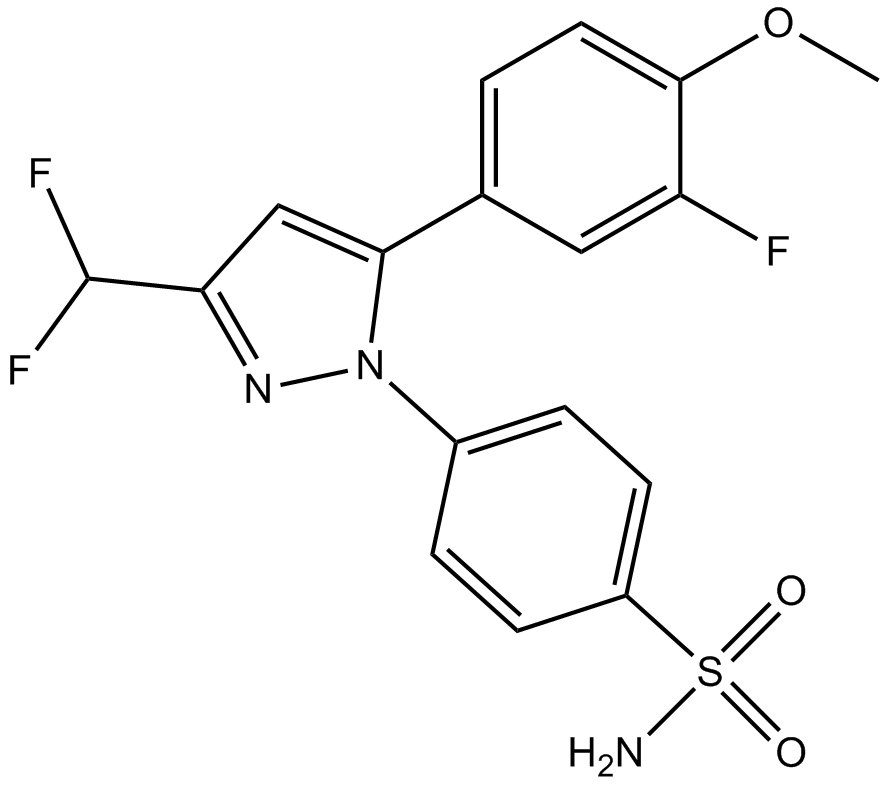 B1091 DeracoxibSummary: Selective COX-2 inhibitor
B1091 DeracoxibSummary: Selective COX-2 inhibitor

